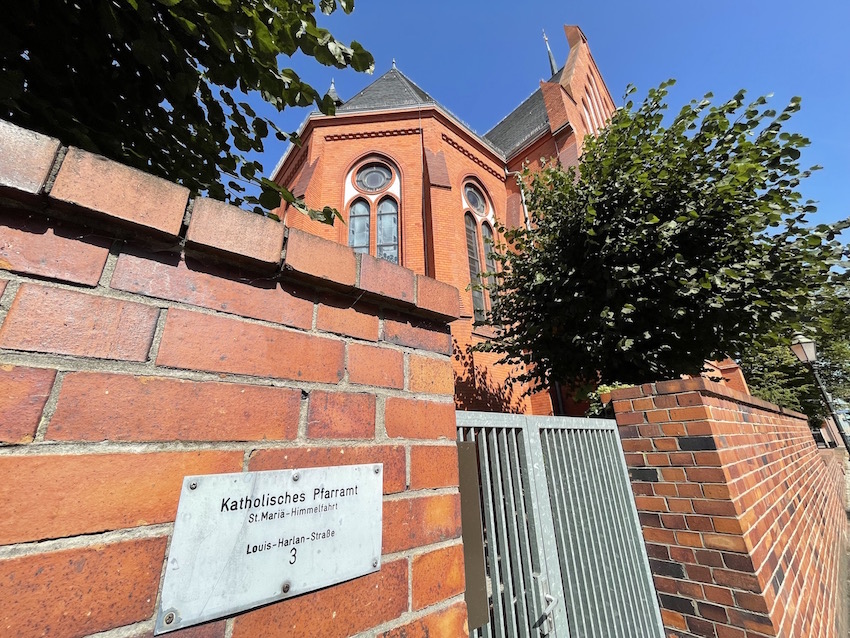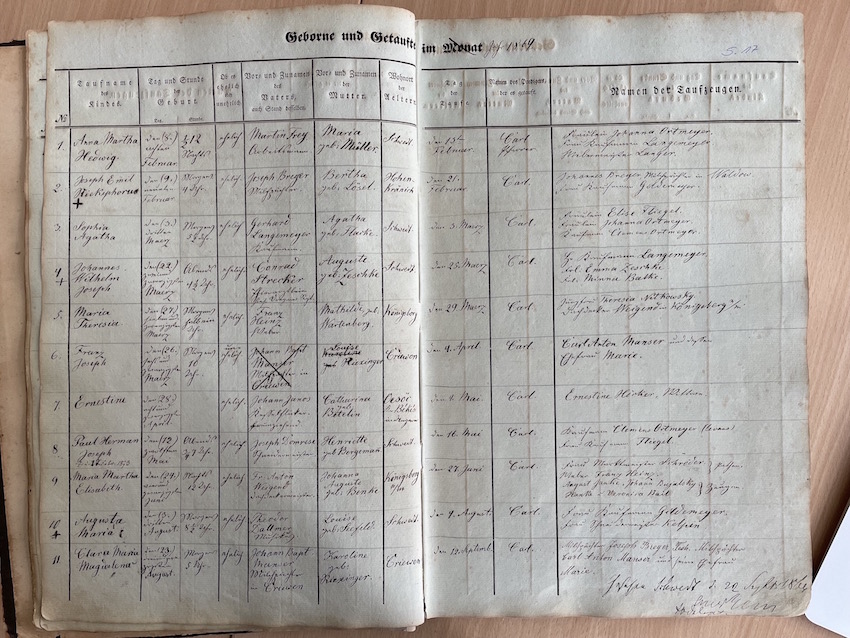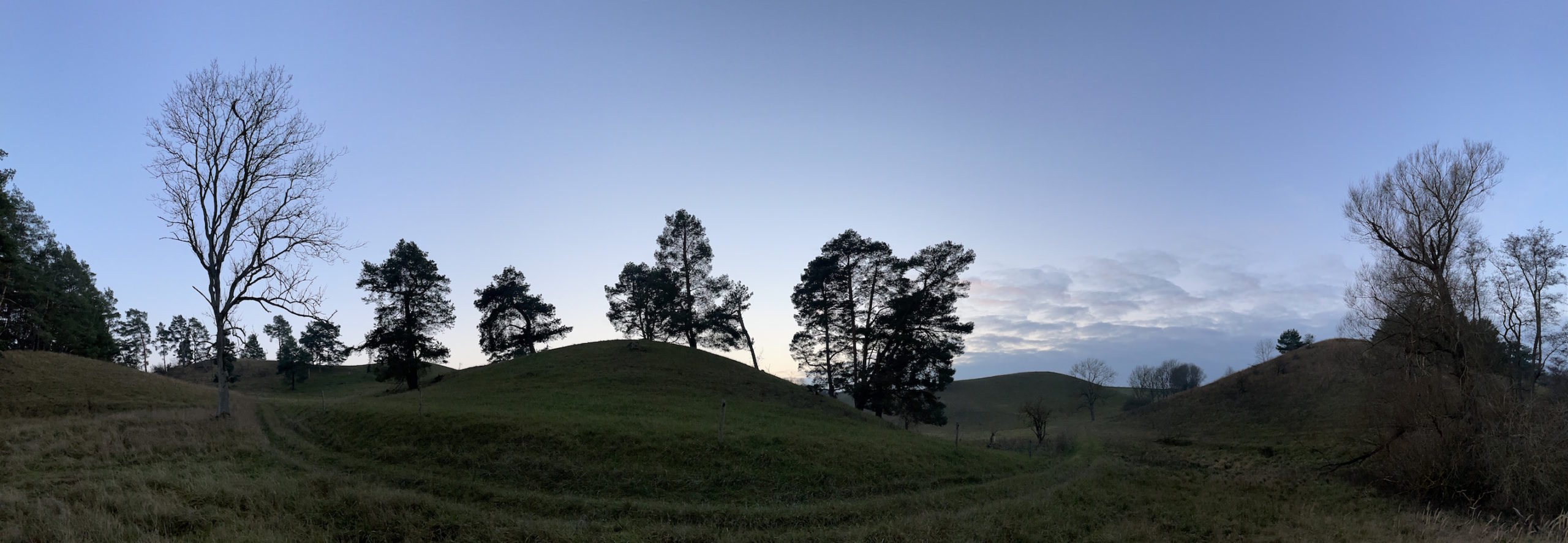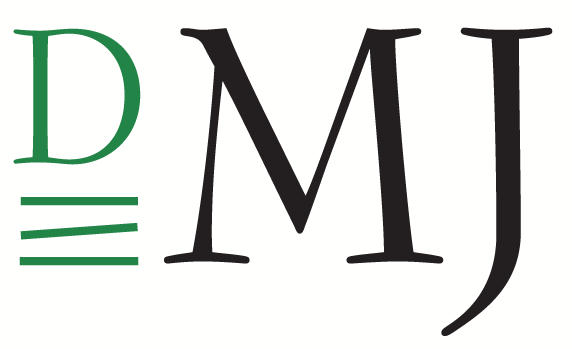Church Structures
Brandenburg was strongly Lutheranized by the Reformation and strongly secularized by the GDR. Nevertheless, there were and still are Catholic parishes in the federal state, which surrounds the capital Berlin on all sides. Today’s Catholic structures are still very young, but they draw on old traditions: The Archdiocese of Berlin was founded in 1930 and includes areas of the medieval dioceses of Brandenburg, Havelberg, Kammin and Lebus.

A Church Archive without Church Records
The archdiocesan archive is located in Berlin-Kreuzberg on Bethaniendamm and shares a building and reading room with the Protestant Church of Berlin-Brandenburg-Silesian Upper Lusatia. While the Protestant church records from Brandenburg are available there in microfilm form (and increasingly also on the online platform Archion), the Catholic archive does not house any church records. Backup filming and centralization have never taken place there; the church records are predominantly kept in the parishes. This circumstance naturally makes access difficult for the family researcher.
In Berlin, I have already made very varying experiences: friendly parish secretaries presented me with all the volumes I wanted, elsewhere I had to wait months for transcripts because the only person with access, a senior citizen from the parish, could not manage the stairs up to the office for a long time due to an injury.
Late Foundation
In Brandenburg, the situation is not much different. Parts of the federal state, by the way, are in Catholic dioceses other than Berlin’s, namely those of Magdeburg and Görlitz. Magdeburg is at least represented with a few Brandenburg church records on the online platform Matricula. The head of the Görlitz archive, on the other hand, told me two years ago that digitization was not planned for the foreseeable future because most of the church records of the diocese, which was only founded in 1994, were still within the legal protection periods anyway. In fact, many parishes only came into being with the influx of Catholic workers in the second half of the 19th century, or even later with the post-war refugees from the former German eastern territories.

Trip to the Countryside
So, in most cases, the only way to research Catholic church records in Brandenburg is to drive to the countryside.
A few weeks ago, I made such a trip to Schwedt, an industrial town on the Oder River in eastern Brandenburg. A Catholic parish had existed there only since 1853, and the neo-Gothic church of St. Mary’s Assumption was built in 1895/98.
I was fortunate that the parish secretary responded quickly to my inquiry, offered me an appointment promptly, and did not mind my spending hours leafing through the church records.

Photos or no Photos?
So I was able to successfully conduct my research on a musical family and was also allowed to photograph the records I found. This is often a tricky point, because in many cases making reproductions is not allowed. The reasons given for this vary – protection of church records, protection of personal data – and are neither conservation-related nor actually legally justified. However, since the congregations have domiciliary rights in their rooms and we do not want to antagonize the owners of the sources, family researchers would do well to respect such a prohibition and produce transcripts instead.
Flexible Thinking
As I said, in Schwedt I was allowed to take pictures, but I could not find some of the reocrds I was expecting to find. I struck up a conversation with another visitor who was more familiar with the small Catholic community in Schwedt than I was. To her, the family name I was looking for seemed completely foreign. So had my family moved here? However, there were no indications for this, neither in the found records nor according to the knowledge of my client. The mystery was solved the same evening thanks to the church records platform Archion. Because there, without visiting another parish or an archive, I was able to look at the church records of the Protestant parish in Schwedt, where the still missing records were found. So the family was converted or mixed denominational. One should always reckon with such a possibility.
Nature!
My trip to Schwedt was also a complete success in other respects: In the afternoon, I was able to relax wonderfully on a long hike in the beautiful meadow and hilly landscape of the Lower Oder Valley Nature Park.

